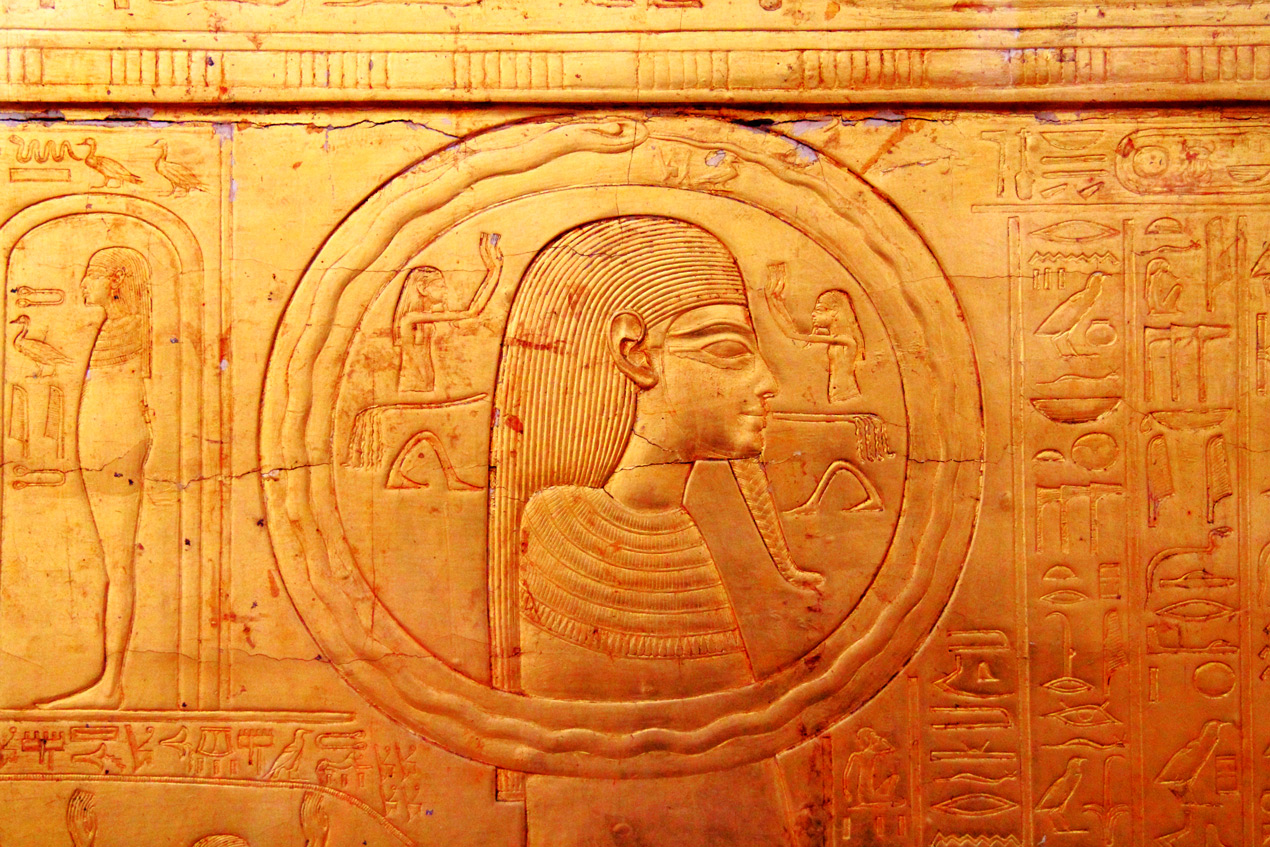The Great Mother: Ouroboros, Africa's Eternal Cycle
Inception (Introduction)
We begin by introducing theGreat Mother, a key figure in African myths who symbolizes birth, growth, and all of life’s transitions.
Takeaway: The Great Mother represents the endless journey of life and growth.
Cycle of Life (I. Introduction to the Ouroboros)
We learn about the ouroboros in African spirituality as a metaphor for life's constant loops where every ending links to a new beginning.
Life is a loop, without real endings — just transitions.

Chaos Before Order (II. The Primal Waters and Chaos)
African stories often begin with a void full of chaos, where maternal gods step in to bring order and life.
Out of disorder and chaos, life is formed.
Dual Forces (III. Feminine Forces and Dawn of Maternity)
Maternal deities in myth act as creators and destructors, showing how birth and transformation go hand in hand.
Mother figures in myths represent the full circle of life and change.
Personified Concepts (IV. Transition to the Great Mother)
As we get smarter, we move from abstract symbols like snakes to personifications like the Great Mother, who teaches us about life’s complexities.
Understanding matures from symbols to personified deities like the Great Mother deities.

Balancing Act (V. Integration of Contrasts)
The Great Mother archetypes teach us to balance life’s highs and lows, showing us that harmony comes from embracing all aspects.
Life is about understanding and integrating both light and dark.
Rise of Awareness (VI. The Conscious Awakening)
Mother figures guide us from our collective beginnings to individual self-awareness and identity.
Maternal deities help us figure out who we are through personal growth.
Full Circle (VII. Conclusion)
Reflecting on maternal myths helps us understand life's cycles and our evolving consciousness.
Ancient motherly symbols impact our view of life and personal growth.
Why Does She Represent Ouroboros: The Symbol of Cycles?
The Great Mother can be seen as a symbol of ouroboros because she represents the big picture—a cycle where birth and destruction create an ongoing flow of life, much like the snake eating its tail. She is also linked to the chaos and unformed potential represented by water, common symbols of the feminine in mythology.
Linking Goddesses to Symbols
Various goddesses from African mythology, like Mami Wata, Isis, and Aje, embody elements of the ouroboros. They connect to aspects of birth, creativity, protection, and sometimes destruction—all part of the ouroboros's idea of continuous cycles.
Wrapping Up
Wrapping up, all these stories and characteristics reflect the ouroboros concept, the idea that life is an eternal process of renewal. The ancient Egyptian serpent god Mehen, which provided the earliest example of the ouroboros, embodies protection and renewal, reflecting how these goddesses and their tales tell a bigger story about life's ongoing cycles.
By understanding these myths and their symbols, we can appreciate how they shape our view of existence—showing that we're all entwined in a world where everything regenerates endlessly, guided by the wisdom of the Great Mother Archetype.
